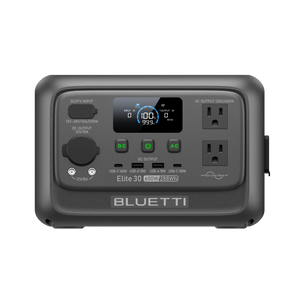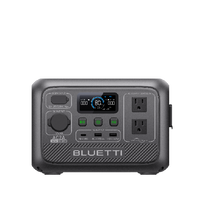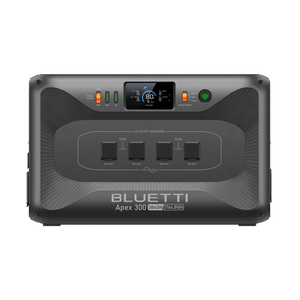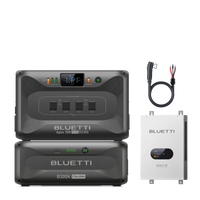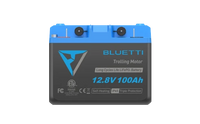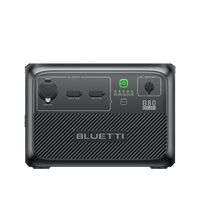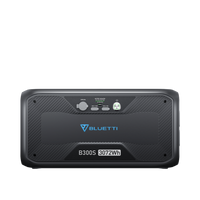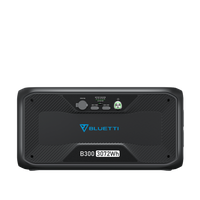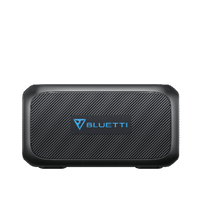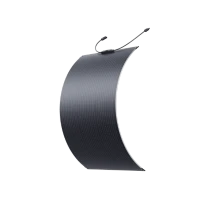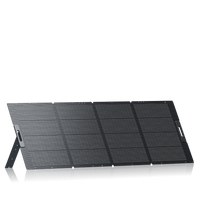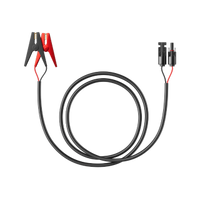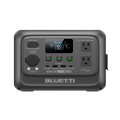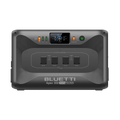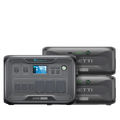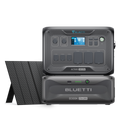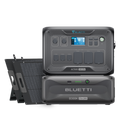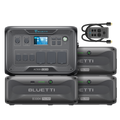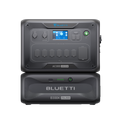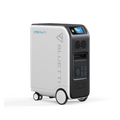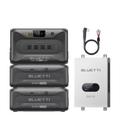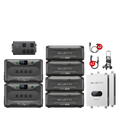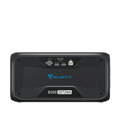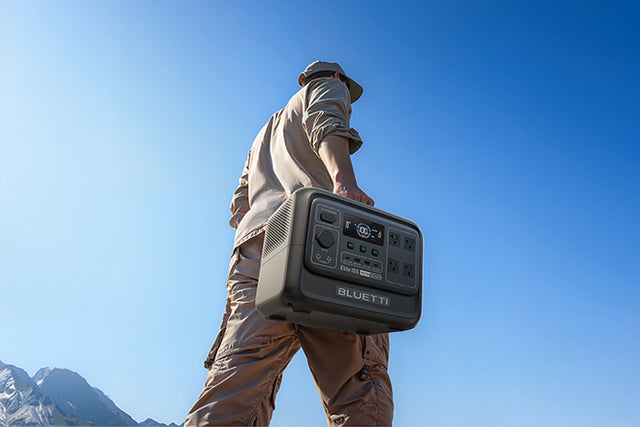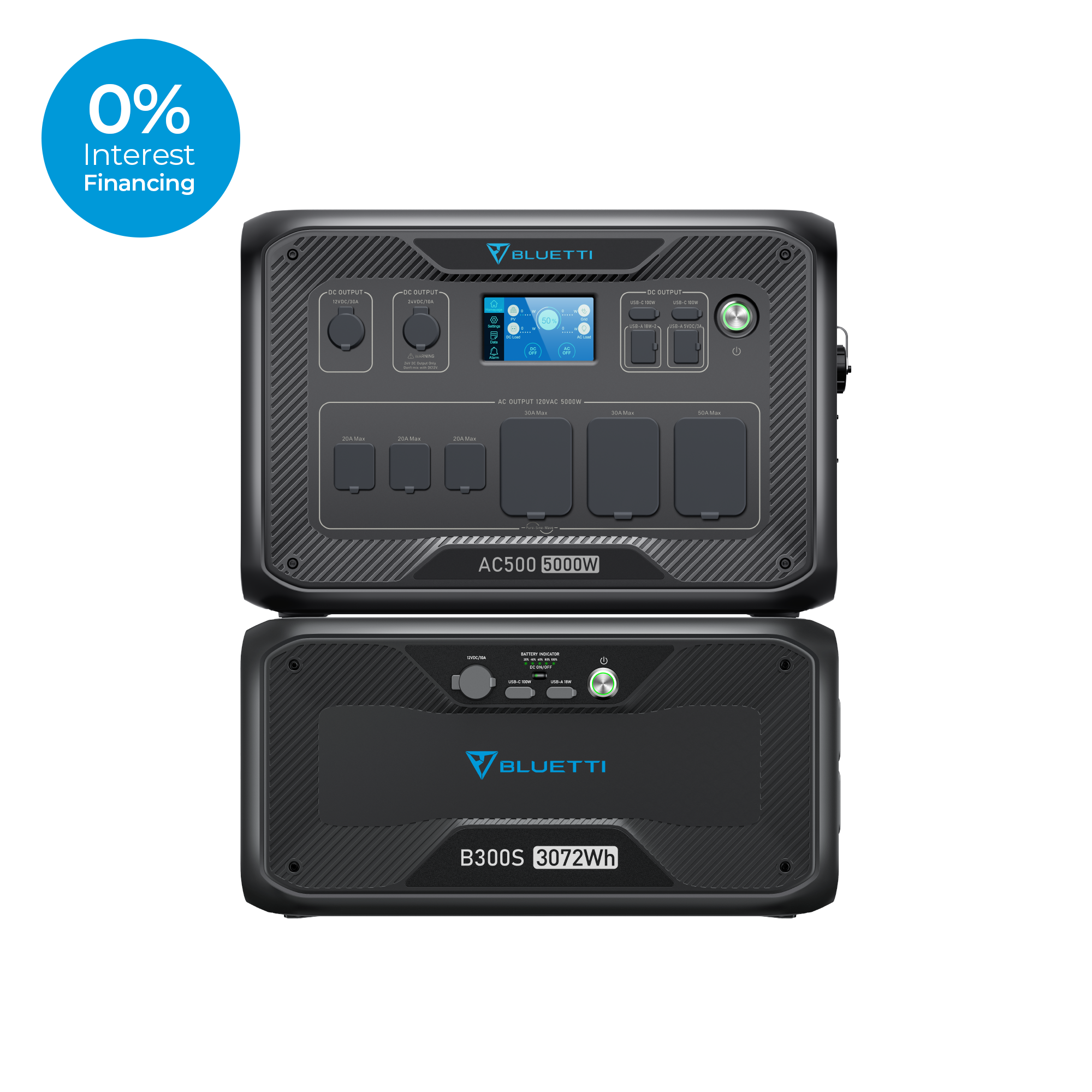Your cart is empty
Shop our productsNext to clean energy, cost saving is the most fundamental reason to rely on solar panels. But how many solar panels do you need to maximize your savings? This is a question that has some intricate patterns to unravel.
The process of maximizing savings with solar panels is ambiguous as it is dependent on multiple factors and requires a little crunch of mathematics. Thus, to simplify the activity, this article will explore all the dimensions of solar energy for a typical household and help you understand how many solar panels you need to maximize your savings.
How you maximize your savings with solar panels?

Solar panels are not helpful only with saving your energy bills. Instead, they can also earn some good bucks for you. Solar panels are composed of photovoltaic cells, which, when exposed to sunlight, lose their electrons and produce electricity.
The more sunlight there is, the more electricity they will produce according to their power. This surplus energy can be stored to be used later on when sunlight is not available. This makes you independent of grids, eventually saving your energy bills.
Furthermore, any extra energy produced can be sold to the national grid through a scheme called smart export guarantee (SEG).
How many solar panels can run your house?
The number of solar panels required to run your home varies according to your energy needs. To understand this, let's put a case in view of a 100 $ electricity bill according to the average US electricity cost. For this, your energy requirement will be around 5kW, and you will need 13 solar panels to meet your requirement.
Contrarily, if your energy bills are around 250$, your energy consumption will be 10 kW, and you will have 26 panels on average to cut down your energy bills completely.
However, these solar panel requirements are not standard equations, as energy production is dependent on multiple other factors. This includes the number of hours of sun at your location and the capacity of your solar panels.
Calculating your solar panel requirements to maximize your savings

The primary goal of any solar panel setup is to get rid of your energy bills completely and maximize your savings. This milestone can only be achieved by equalizing your energy needs with your solar energy production.
Thus, it's essential to understand the factors that have a significant role in achieving your goal. These include
Understanding your energy consumption
It's evident that understanding your energy consumption is the basis of maximizing your savings with solar panels. But how do you do it? The process is simple.
Grab your energy bills of last year and get an average of your monthly energy usage. According to the US Energy Information Administration (EIA), the monthly energy utilization average of a typical US household is around 886kWh.
However, one important thing to mention here is that these patterns vary from state to state. For example, in Hawaii, the average per-day utilization is 18kWh, while for Louisiana, it is around 40kWh.
Also, it's crucial to calculate your annual average because the energy used in one season of a year could be different from the next.
Calculate the availability of sun at your location
After you know how much energy you need per month to cut your energy bills completely, it’s time to calculate how much solar energy your solar panels can produce from the available sunlight.
The availability of sun in your area is calculated during peak hours. A peak hour is when solar radiation is at an average of 1kW/m2.
The more peak hours you have, the less the solar panels you will need. However, the average peak hours in the US are 4.2, and again, it can vary from state to state according to their geographical distribution. Below is a table mentioning the peak hours of 5 geographical regions of the US.
|
Area |
Per Day Peak Hours |
Per Month Peak Hours |
|
West |
4.3 |
39 |
|
Midwest |
4 |
19 |
|
South |
4.5 |
32 |
|
South East |
4.4 |
26 |
|
North East |
3.6 |
13 |
Find the capacity of your solar panels
Now you have the details about your energy usage and peak hours, the next step is to calculate the number of solar panels to maximize your savings.
For this, simply check the energy production capacity of your solar panels. This could vary according to the type of solar panels. BLUETTI solar panels are recommended here as they are highly efficient and reliable.
However, the capacity of an average solar panel available in the market is around 400 Watts. Now, you can calculate the watts per hour of energy produced by these solar panels by using the equation below.
Capacity of solar panel X Peak Hours = Energy produced in watt-hours
The unit of energy used at homes is kWh, so divide the energy produced in watt-hours by 1000 to convert this into kWh.
Once you have the production capacity of one solar panel that, for example, is 48kWh and your monthly energy needs are around 1500kWh, you can divide the total energy needs with energy produced by one solar panel to understand precisely how much solar panels you will need to cut off your energy bills and to maximize your savings.
Total energy required (1500kWh) / Energy produced by one solar panel (48kWh) = 31 Solar panels required.
How many solar panels will you require, depending on your house size?
The ideal way to calculate how many solar panels you will need to maximize your savings is based on your energy consumption patterns.
But there is a general notion that the bigger the house is, the more electricity it will need to power the appliances effectively. This is true as the big houses have more complicated electrical systems like central air conditioning, hot water swimming pools, and extra lighting requirements, to name a few.
Thus, depending on the 400W capacity of solar panels, below is a table to give you a rough idea about how many solar panels you will need depending on your house size.
|
House Size |
Annual Requirements |
Number of Solar panels required |
Annual Productions |
|
500 Square Feet |
2640kWh |
5 |
2880kWh |
|
1000 Square Feet |
5280kWh |
10 |
5760kWh |
|
2000 Square Feet |
10560kWh |
20 |
11520kWh |
|
3000 Square Feet |
15840kWh |
28 |
16128kWh |
How many solar panels will you require depending on your roof size to maximize your savings?
This piece has discussed above that solar panels cannot only help cut your energy bills but also earn money by exporting electricity to the national grid. So, the more panels are installed on your roof, the more electricity you have.
But here the question lies. How many solar panels can you install on your roof? Below is a table explaining the roof size required for different system sizes and solar panel capacity.
|
System Size |
Space required for 300 W solar (sq. feet) |
Space required for 400 W solar (sq. feet) |
|
4kW |
234 |
176 |
|
8kW |
468 |
352 |
|
12kW |
702 |
528 |
|
16kW |
936 |
704 |
Is It Worth Buying Home Batteries to Use with Solar Panels?
Solar panels are indeed a worthy investment. They can effectively help you maximize your savings without any reliance on conventional grids. But one thing that hindered their widespread growth was their functionality only during that time.
But now, with advancements in battery technology, they are a worthwhile solution to this issue. However, there are various pros and cons associated with them. Below is a brief discussion about these advantages and disadvantages to help you understand it is worth buying home batteries to use with solar panels.
Advantages of solar batteries
Talking about the advantages of solar batteries, their first and foremost benefit is that with their availability, you will never run out of power at night and during blackouts. Additionally, with solar batteries, your reliance on grid power is much less around zero, eventually making your energy bills negligible.
Last but not least, solar batteries store solar energy, which is a renewable form of energy. This means your dependence on energy produced by fossil fuels is very low, eventually decreasing your carbon footprint and shaping a green future.
Disadvantages of solar batteries
The fundamental issue while opting for solar batteries is their upfront cost. These batteries have hefty price tags, which makes this investment doubtful as their payback period could extend between 20-30 years.
Furthermore, it's difficult to run all your home appliances on batteries. In case you want to do that, there are multiple batteries required that could take up significant space in your home.
Top Home Battery Recommendations
The market is filled with a lot of solar battery options, making it challenging to find a suitable one. Plus, most brands only label quality instead of actually providing it. Thus, we have sorted out the 3 most reliable options from BLUETTI, a brand that is the name of effectiveness, reliability, and quality.
BLUETTI AC300 + 1*B300 | Home Battery Backup
BLUETTI AC300 + 1*B300 is the ultimate solution to your need for an optimum home battery backup. With its 3072Wh capacity, expendable up to 12288Wh, it can support all your power needs. The system features a LiFePO4 battery that has 3500 plus life cycles.
Cherry on the top is its 240V split phase bonding and 7 different charging options, including AC, Solar, car, and generator. The home battery backup supports up to 24000W solar input and 5400W fast charging options.
So, either you want a backup solution for your home, or you are a frequent traveler who needs to keep the RV’s devices working smoothly, the BLUETTI AC300 + 1*B300 is best for you.
BLUETTI AC500 + B300S | Home Battery Backup
With a power rating of 5000W, 10000W surge, and expandable capacity ranging from 3072Wh to 18432Wh, the BLUETTI AC500 + B300S is a modular system for your needs. Its LiFePO4 battery with 3500+ cycles and smart app control makes the system a masterpiece of innovation.
Additionally, the home battery backup offers 6 different ways of charging, including AC, solar, generator, lead acid, and dual AC/AC+solar charging. Talking about its output, it has 16 outlets, thus supports 99% of all your devices.
From heavy-duty appliances to small charging needs, AC 500 is a reliable companion that can deliver flawlessly as per your requirements.
BLUETTI EP500 Solar Power Station | 2,000W 5,120Wh
Looking for a one-in-all solution to your backup needs? Look no further than the BLUETTI EP500 Solar Power Station. The power station comes with a 5120Wh LiFePO4 battery that offers 3500+ charge cycles.
The system is movable with both in-grid UPS and only UPS mode. With its 15 outlets, it can run multiple devices simultaneously. Its app control and touchscreen features make the system a go-to backup solution for all your power needs during a party, a camping trip, or at home.
Final Thoughts
Solar energy is not only environmentally friendly but also a free and unlimited source of energy that requires only a one-time investment. However, maximizing savings through solar panels requires a prudent approach.
Examine your energy expenditures and how much energy you can produce by using solar panels within your given resources. Then opt for efficient solar panels and battery backups such as those offered by BLUETTI to maximize your savings. This will not only help you save your money but will ensure a green and healthy future for upcoming generations.
Shop products from this article
Be the First to Know
You May Also Like

Deadly Flooding Devastates U.S. South and Midwest — What You Need to Know

BLUETTI Teams Up with Leave No Trace to Power Sustainable Outdoor Adventures

